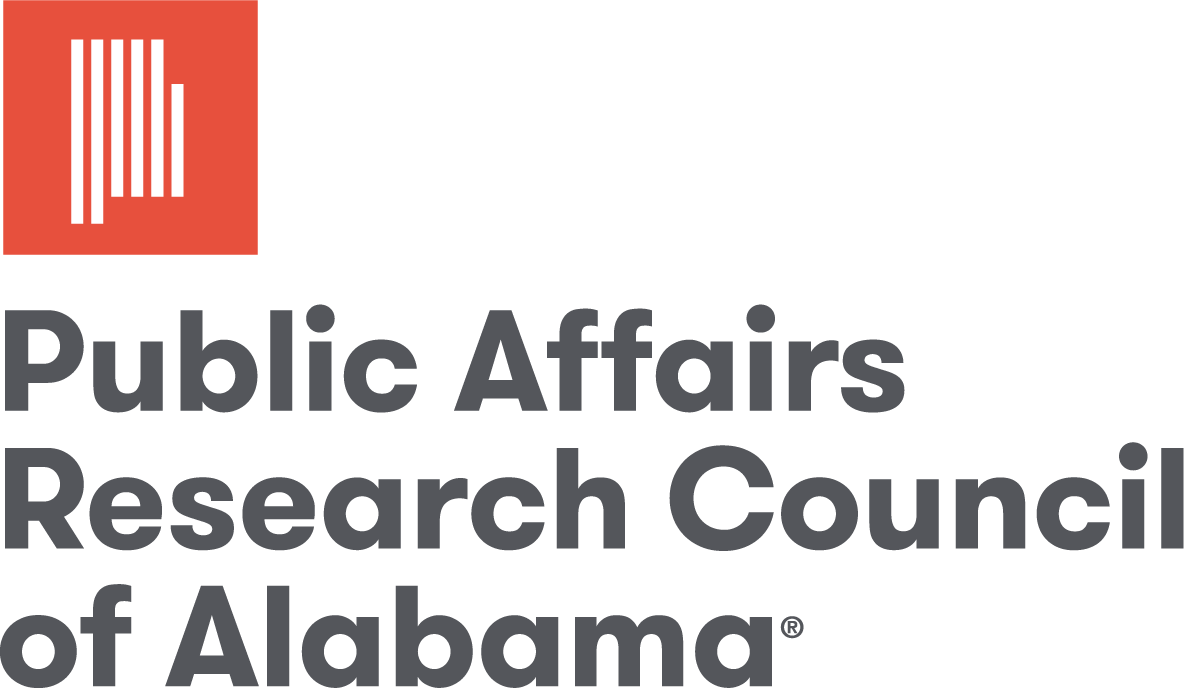In the spring of 2013, Alabama students in grades 3-8 took the Alabama Reading and Math Test (ARMT) for the final time. This spring, new tests developed by the ACT testing company will be given in place of the ARMT and will serve as a measure of student and school performance in these grades.
For the past several years, PARCA has worked with local school foundations and school systems to help them understand their test results. The ARMT has provided a lot of data. Test results are presented in terms of the percentages of students scoring at four levels of mastery, with Level IV in effect being an “A.” Results are available by grade and subject and can be broken down by demographic and economic subgroups within the school population. But the results don’t make much sense unless you have something to compare them with.
So, PARCA developed a system for comparing school and system performance to the state averages, focusing on the percentage of students scoring at Level IV, which best correlates to mastery in national terms. To help make the results more comprehensible at a glance, PARCA color-coded them: dark green to indicate results 10 points or more above average, light green for above average, gray for average, light red for below average and dark red for 10 points or more below the state average.
The chart below presents a summary of the ARMT results for every school system from spring 2013. It shows the percentage of results for white, black, non-poverty, and poverty students that beat or trail the state average, color-coded as described above. The school systems are ranked according to the percentage of green, or above-average results. In the highest-ranking systems, virtually all results are green; in the lowest-ranking systems, virtually all are red. As you follow the bars down the chart, fewer and fewer results are above average (green); more and more are below average (red).
At the bottom of the chart on the far right side of the bar, you can follow a link for a full screen version of the chart. From there, you can also download the chart in PDF format, for closer examination.
This link takes you to a large PDF file that contains system level 2013 results for all school system in the state.
The table below contains the data used in the chart above. The numbers represent the percentage of student ARMT results within the schools that are either exceeding, meeting, or trailing the state average.


